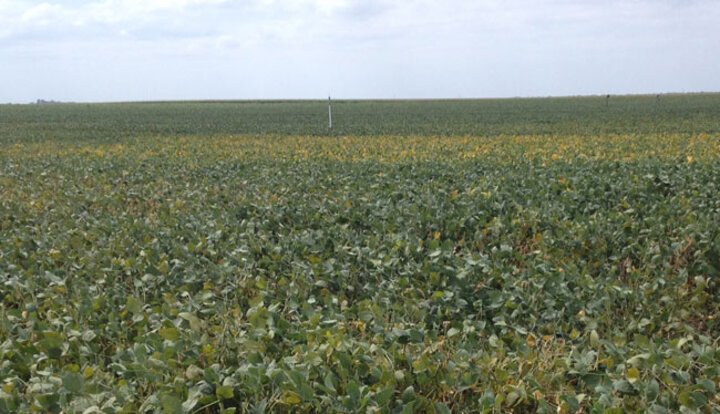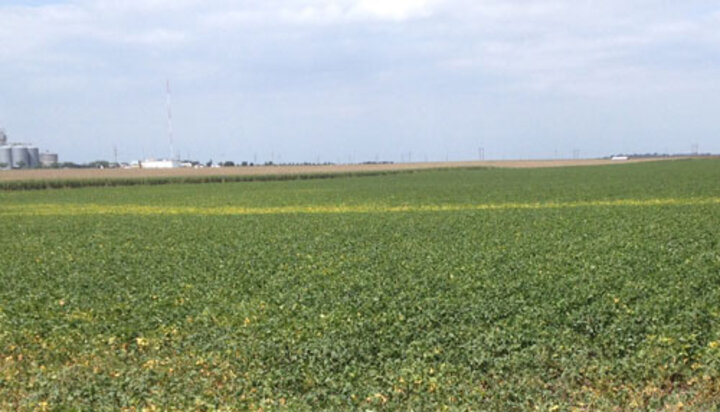

Timely soybean harvest is important to maximize profits. Several years ago Andy Christiansen, former Hamilton County Extension Educator, and I collected information from 115 truckloads of soybean that were harvested and being delivered to the elevators. Of those sampled, 5% were less than 8.9% moisture; nearly 14% were between 9-9.9%; 28% were between 10-10.9%; 27% were between 11-11.9%; 29% were between 12-12.9%; 9% were 13-13.9% while about 3% were 14-14.9% moisture.
What difference does harvesting and selling soybeans at 8% or 9% moisture mean to your bottom line? If you sell soybeans at 8% moisture, you're losing about 5.43% of your yield; at 9% moisture, it's 4.4%; at 10% moisture, 3.3%; at 11% moisture, 2.25%; and at 12% moisture, it's 1.14% yield. For a field that's yielding 75 bushels/acre at 13% moisture, harvesting it at 9% results in selling 3.3 fewer bushels/acre. With soybeans priced at $10/bushel, that's a loss of $33 per acre.
So what can you do? We know that it is impossible to harvest all your soybeans at exactly 13%, but that should be your goal. Consider these soybean harvest tips:
-
When harvesting tough or green stems, make combine adjustments and operate at slower speeds. Harvest at a slow pace and make combine adjustments to match conditions several times a day as conditions change.
-
Begin harvesting at 14% or 15% moisture. What appears to be wet from the road may be dry enough to harvest. Try harvesting when some of the leaves are still on the plant; the beans may be drier than you think. Soybeans are fully mature when 95% of the pods are at their mature tan color.
-
Harvest under optimum conditions. Moisture content can increase by several points with an overnight dew or it can decrease by several points during a day with low humidity and windy conditions. Avoid harvesting when beans are driest, such as on hot afternoons, to maintain moisture and reduce shattering losses.
- Avoid harvest losses from shattering. Four to five beans on the ground per square foot can add up to one bushel per acre loss. If you are putting beans in a bin equipped for drying grain, start harvesting at 16% to 18% moisture and aerate down to 13%.
Finally, we know it's too late for this season, but next year select your varieties and schedule your planting to spread out plant maturity and harvest. Good luck and hopefully you'll harvest an excellent crop of 13% moisture soybeans.
Gary Zoubek, UNL Extension Educator
Chuck Burr, UNL Extension Educator
